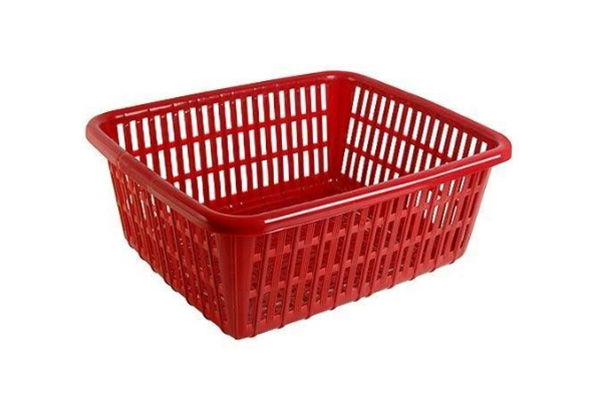Keeping a kitchen organized can be challenging, especially when you don’t have built-in drawers for storing utensils. Spoons, forks, knives, spatulas, and ladles can quickly clutter countertops and make cooking stressful. Fortunately, there are creative and practical ways to organize utensils even without traditional storage space. With the right tools, like an utensils plastic basket, countertop organizers, or wall-mounted solutions, you can keep your kitchen tidy, functional, and stylish.
1. Use an Utensils Plastic Basket
One of the simplest and most cost-effective solutions is to use an utensils plastic basket. These baskets are lightweight, affordable, and available in different sizes. They often come with compartments, making it easy to separate forks, spoons, and knives.
A plastic basket can sit on the countertop or inside a cabinet. Some models even have drainage holes, which are ideal if you want to wash utensils and store them directly without worrying about moisture buildup.

2. Try a Countertop Utensil Holder
If you cook often, keeping your most-used utensils within reach is a smart idea. Large jars, ceramic crocks, or stainless-steel containers can serve as utensil holders. These holders are perfect for spatulas, ladles, and whisks.
Grouping utensils by type—for example, wooden spoons in one container and metal tools in another—makes it easier to find what you need while cooking.
3. Wall-Mounted Storage
When drawer space is lacking, walls can be your best friend. Installing a wall-mounted rail or pegboard can give you instant storage for utensils. You can hang ladles, spatulas, and tongs on hooks, saving precious counter space.
A pegboard also allows for customizable layouts—you can move hooks and holders around as your utensil collection grows or changes.
4. Over-the-Cabinet Solutions
Over-the-cabinet baskets and hooks are excellent for small kitchens. These organizers hook onto the top of a cabinet door and provide hidden storage on the inside. You can use them for flatware, smaller utensils, or even kitchen towels.
5. Repurpose Everyday Items
Sometimes the best solutions come from thinking outside the box. A flower pot can become a utensil holder, a wine rack can hold rolled-up napkins and tools, and a desk organizer can keep small utensils neatly divided.
This creative approach is not only budget-friendly but also adds a personal touch to your kitchen décor.
6. Use Drawer Alternatives
If you don’t have drawers but have open shelves, small baskets or bins can act as makeshift drawers. Labeling each basket—“Spoons,” “Forks,” “Knives”—helps everyone in the household know where things belong.
A stackable system can also maximize vertical space, ensuring that even a small kitchen stays clutter-free.
7. Keep Only What You Need
Sometimes utensil clutter happens because of excess. Go through your utensils and remove duplicates or items you rarely use. A minimalist approach makes it easier to store and organize essentials, especially when you lack drawer space.
Conclusion
Not having kitchen drawers doesn’t mean you have to live with cluttered counters and disorganized utensils. By using practical solutions like an utensils plastic basket, countertop holders, wall-mounted rails, or creative repurposed containers, you can keep everything tidy and within reach. The key is to maximize available space while choosing storage options that fit your cooking habits and kitchen layout.
With a little creativity and organization, you can turn any kitchen—big or small—into a functional and efficient cooking space.
Post time: 09-25-2025



